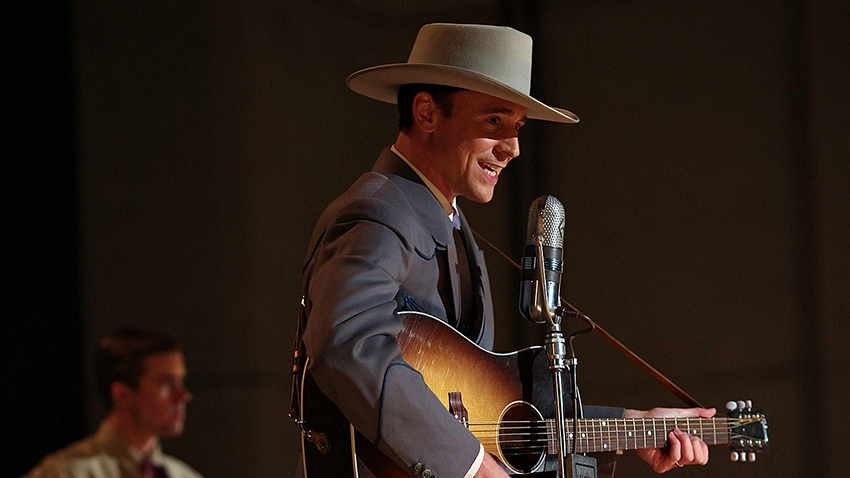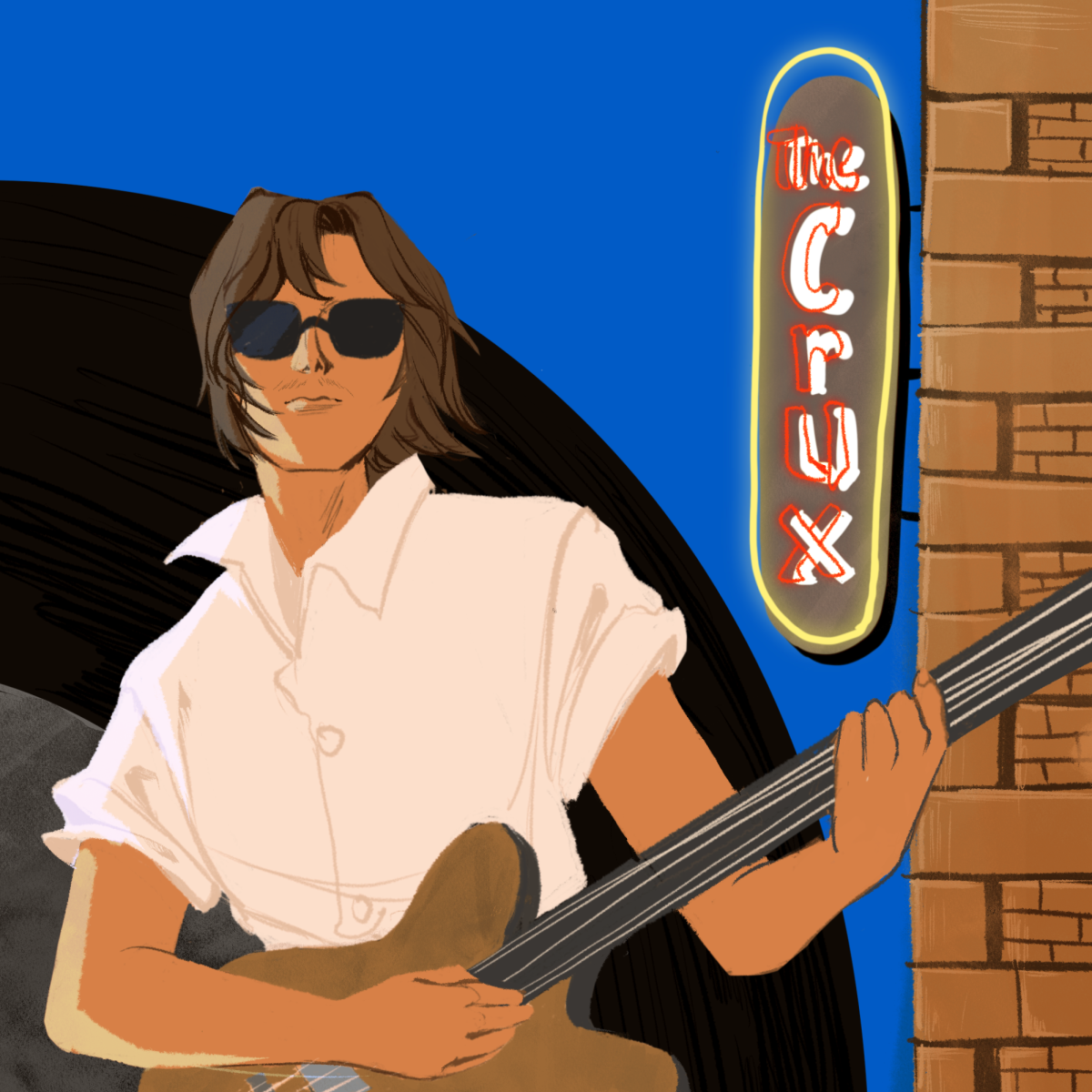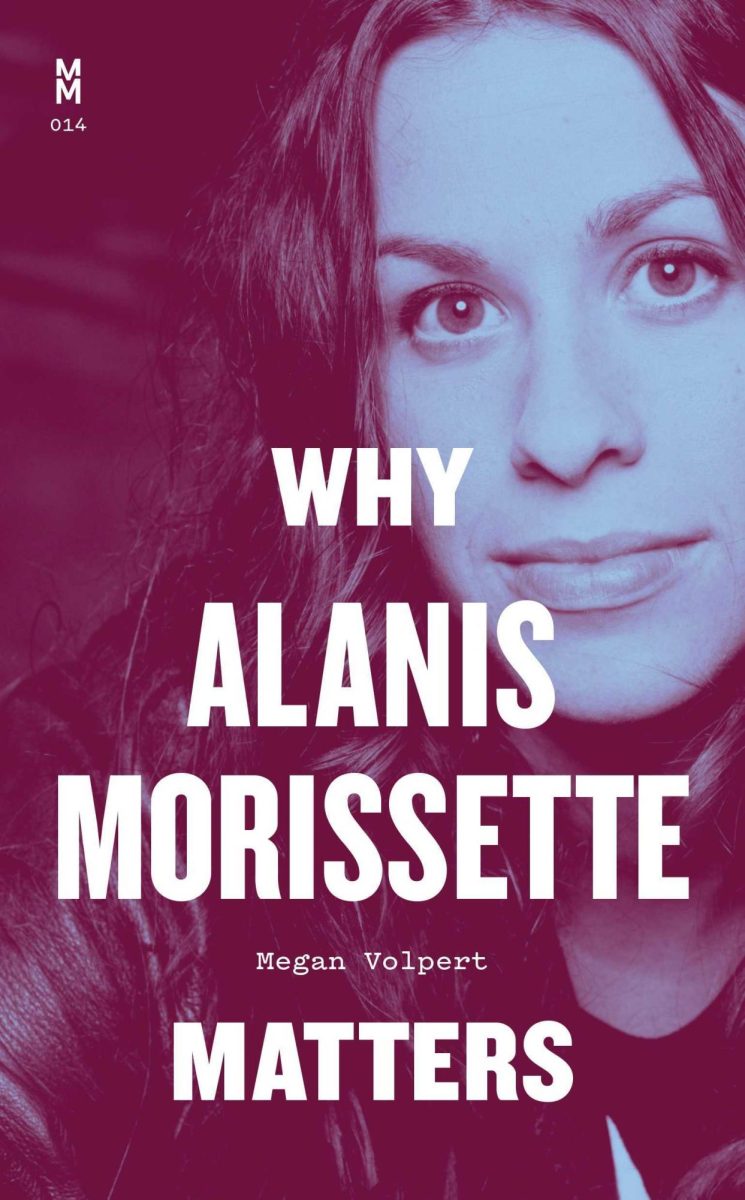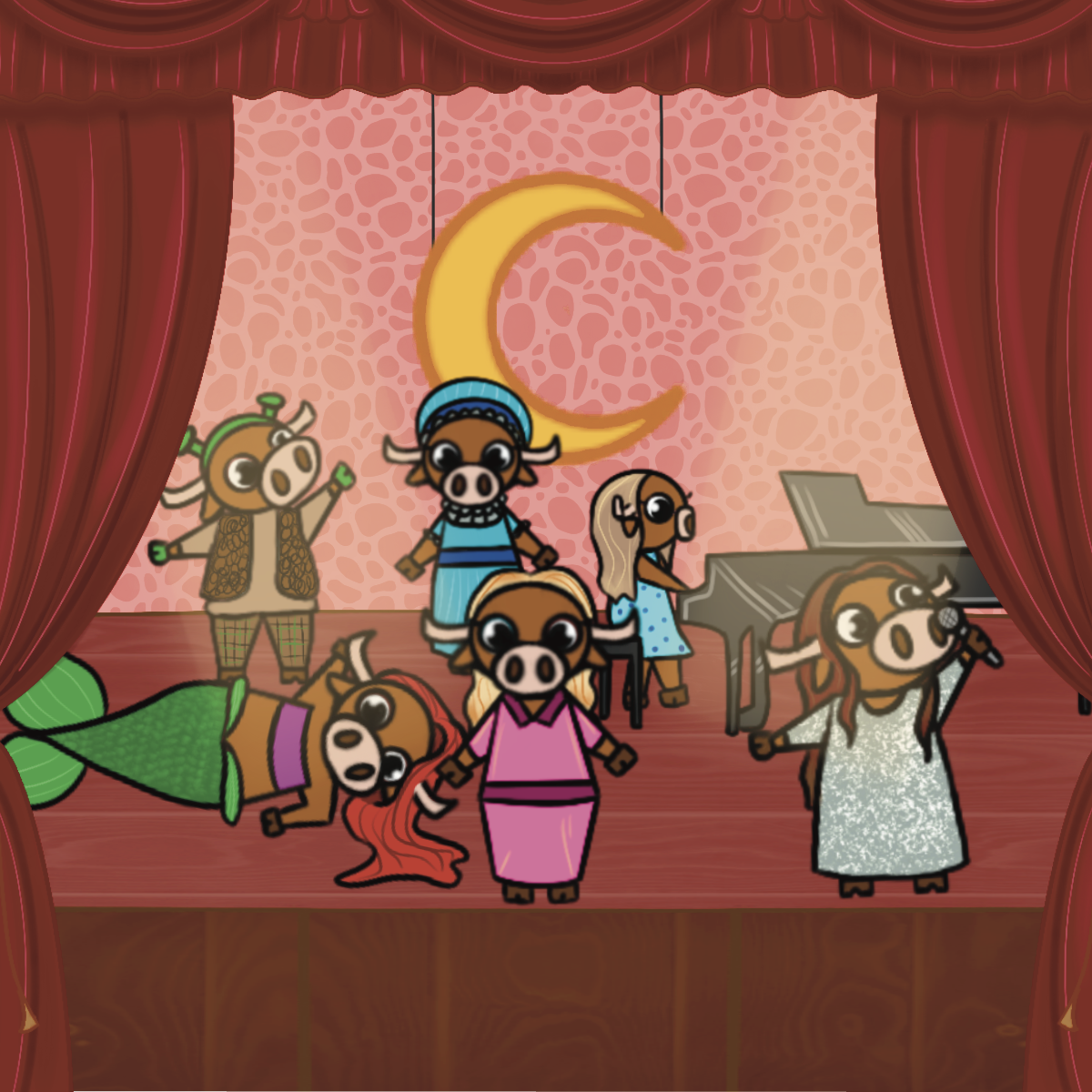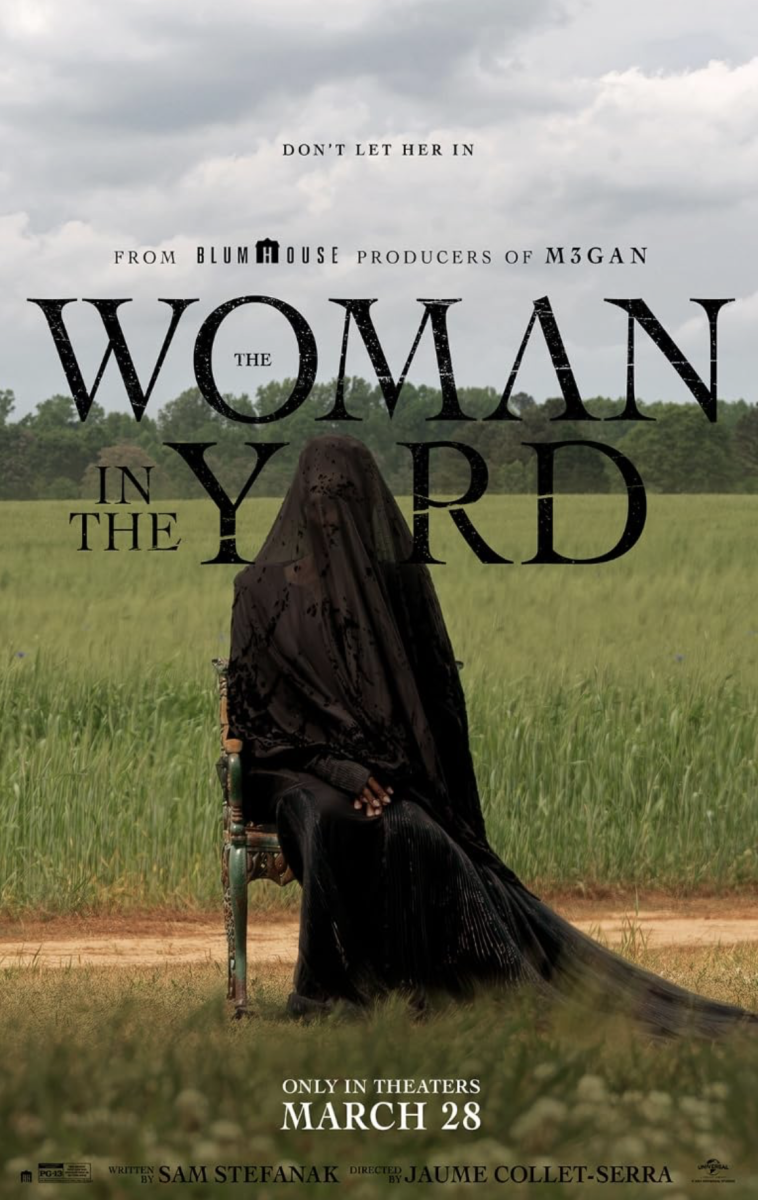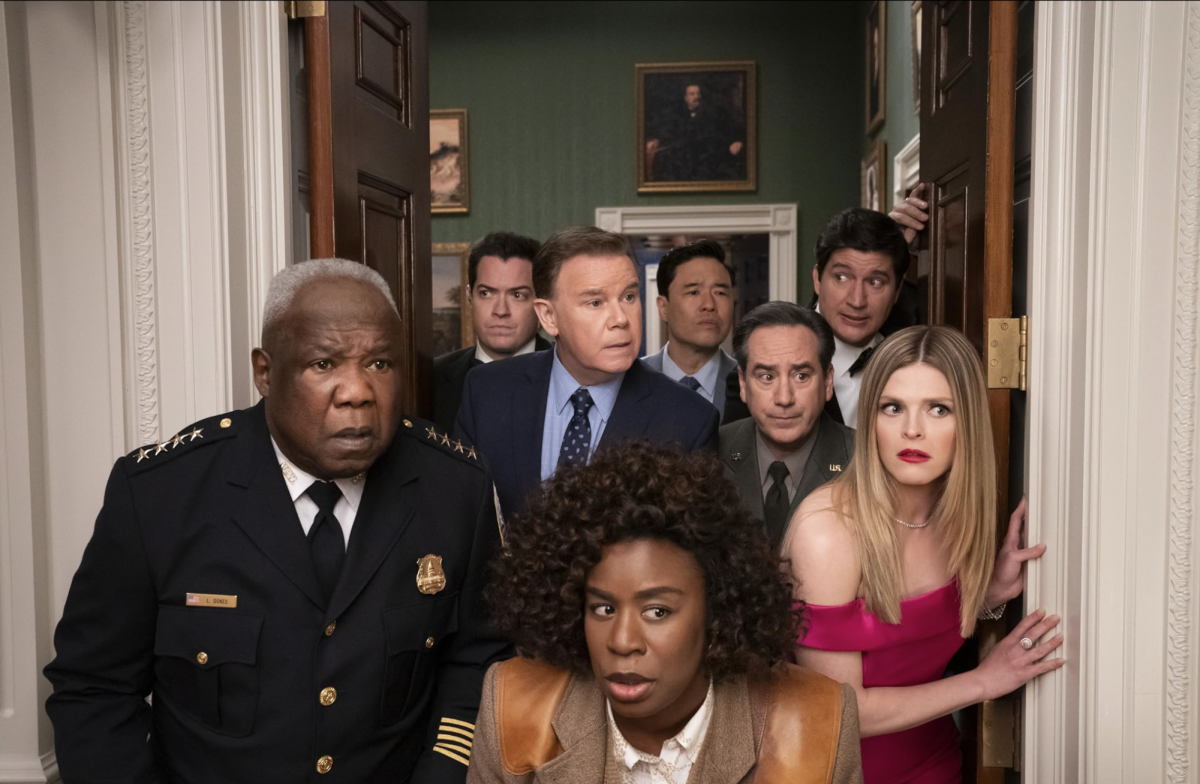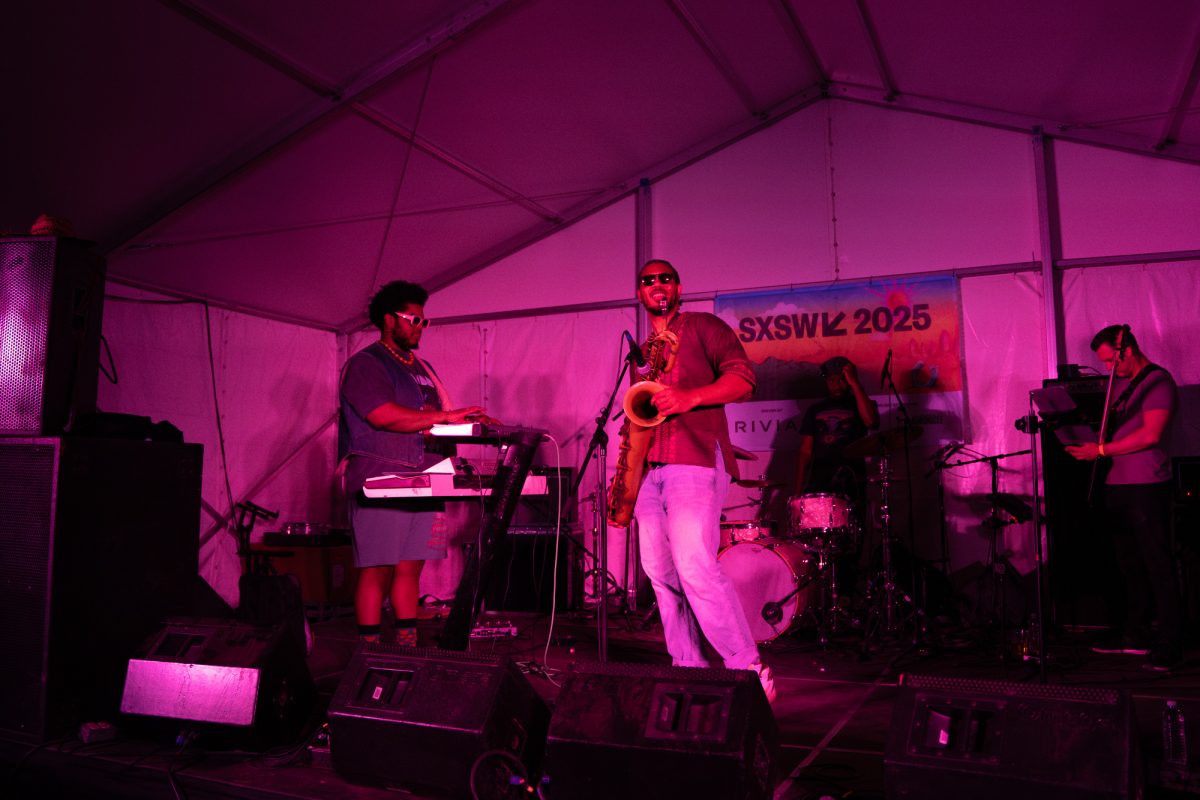For much of the 20th century, traces of country singer Hank Williams appeared in the melodies of his musical successors. Despite this legacy, in “I Saw the Light,” writer and director Marc Abraham fails to recognize the impact of his career shoving it into the background of his ultimately underdeveloped film.
Set in 1940s America, “I Saw the Light” touches upon the turmoils that plagued Hank Williams’ short-lived career. Starring Tom Hiddleston and Elizabeth Olson, the biopic invites viewers to observe Williams’ rise to fame and untimely demise, utilizing his struggles with alcoholism, infidelity and drug use to drive the chaotic narrative. The onset of unemployment and broken family bonds become the center of Abraham’s film, situating viewers in the woes of Williams’ private life while touching base on their ties to his music. The events that transpire signify the turbulence of a complex double life — one that is revered by the public and detested by loved ones.
From the outset, Tom Hiddleston excels as the simultaneously charming and troubled Williams, fitting into his shoes with the fluidity of a veteran actor. Unlike the two-dimensional protagonists that have grown typical of “birth to grave” biopics, Williams is multifaceted and brimming with nuances that demonstrate Hiddleston’s deep understanding of the role. Williams’ counterpart, Audrey Sheppard (Elizabeth Olson), is likewise layered with a multitude of emotions that are well-constructed and powerfully conveyed. The presence of both forces creates a unique chemistry that, though weighed down by unnecessary dialogue, is drenched with substance and executed seamlessly.
However commendable the film’s performances may be, they fail to redeem the biopic from being a narrative without clear structure. Despite Abraham’s intention to focus on Williams’ personal life, he seldom acknowledges his success as an artist or impact on country music, imbuing the story with an unhealthy excess of private moments. The resulting narrative is burdened by a surplus of insignificant sequences, many of which are far too dramatic to do Williams and Sheppard justice. The presence of insignificant tangents over the film’s two-hour duration leaves viewers bored, undermining its potential for excellence.
“I Saw the Light” is further weighed down by its lack of substantial development, primarily in regard to its characters and sequences. Though Hiddleston and Olson skillfully portray Williams and Sheppard, the screenplay fails to provide them — or their relationship — with the growth they deserve. Even important supporting characters fall victim to minimal enrichment, hindering the dynamic between them, Williams and Sheppard and thereby deterring crucial points in the film. The area in greatest need of development is the story itself, which, as a result of Abraham’s unclear narrative structure, succumbs to incomplete or unfulfilled developments, insignificant asides and an absence of narrative focus.
The sum of structural flaws and underdevelopment is a biopic that, despite deserving merit for its performances, fails to provide viewers with the entertainment it promises. “I Saw the Light,” unique as its perspective may be, is hampered by its aimless venture into the personal life of a troubled celebrity. More importantly, it serves as a disservice to country singer Hank Williams, whose legacy in music possesses far more worth than the biopic suggests.
“I Saw the Light”
Running Time: 123 minutes
Rating: R
Score: 2.5/5 stars

